© 2022 All rights reserved Worktop Library
We often talk about Silestone worktops and Silestone worktop price per metre as if they were just one more material among all those that exist. Nevertheless, it has something special. So, let’s gather clear insights regarding Silestone, as well as how much does Silestone cost UK.
So, what is Silestone?
Well, simply the trademark of a Spanish company, Cosentino Group, which manufactures, among other things, all kinds of surfaces (bathrooms, kitchens, floors). The material used for its production is mainly quartz (94%) + polyester, pigments, and additives (6%).
Therefore, if we consider the composition of Silestone, we classify these kitchen and bathroom products as quartz surface material.
In addition to prices for Silestone worktops, it is also interesting for you to know in detail the properties, colours, and textures of this highly demanded product. So, let’s understand all about Silestone price, as well as the prominent features of this material.
How much do Silestone worktops cost? M2 prices online.
If you are wondering how much does silestone cost UK, then you should understand that getting the price m2 of silestone worktops implies knowing previously, if not all, several data: the dimensions, the colour (not all are worth the same), the finish of the edges, the type of cut-outs you need for your sink and hob, and whether you need additional accessories. All these aspects will influence the silestone cost to a significant extent.
To demonstrate, we can give you an idea of the silestone worktop cost in terms of square and linear meter. As an example of theSilestone cost, we are going to give you Silestone prices for 2 cm thicknesses:
| Colour | M2 Price | Linear metre price |
|---|---|---|
| Linen Cream | £149+vat | £75+vat |
| Siberian Frost | £175+vat | £88+vat |
| Calacatta Gold | £368+vat | £185+vat |
| Miami White | £175+vat | £88+vat |
| Miami Vena | £193+vat | £96+vat |
If you want a new worktop and are wondering aboutthe Silestone worktop cost, considerrequesting a Silestone quote for kitchens.
Are you going to refurbish the kitchen? Wondering how much does Silestone cost UK? Get the Silestone worktops prices and free samples from The Worktop Library with a single click, without any commitment. We can offer you premium quality worktops at an attractive Silestone worktop price per metre. A thorough understanding of the silestone price will help you in making informed decisions. So, you can go through the available choices and opt for a suitable option as per the Silestone price. Make sure to strike a perfect balance between the Silestone worktop cost and quality.
Silestone colours for kitchens
One of the exciting characteristics of this material is the variety of colours that can be manufactured; you can find Silestone currently in more than 90 colours for kitchens and bathrooms. The silestone cost will depend a lot on the particular colour that you are choosing.
Silestone classifies its designs by Shades and Series: the Basiq Series, Eternal Series, Sky Series, Eco Line Series, Stellar Series, Iconic Series, Life Series, Nebula Series, Platinum Series, Custom Series, Rivers Series, Stone Series, Mythology Series, Stonium Series, Zen, and Tropical Forest.
The grouping of all the products by shades makes it easy to compare, so it is what we’ll see next; however, if you want to see how they look in a simulator, a 3D Visualisation Designer of Silestone Cosentino kitchens. You should also focus on the silestone worktop price per metre while comparing different shades.
Silestone Quartz Colours
Indeed, the colours of white and grey Silestone worktops are the most popular, and the Silestone worktop cost is quite higher for these colours when compared to the other available options. In spite of the high silestone worktop cost, these options have become decorative classics because they enhance luminosity and give a feeling of spaciousness in small kitchen and bathroom spaces.









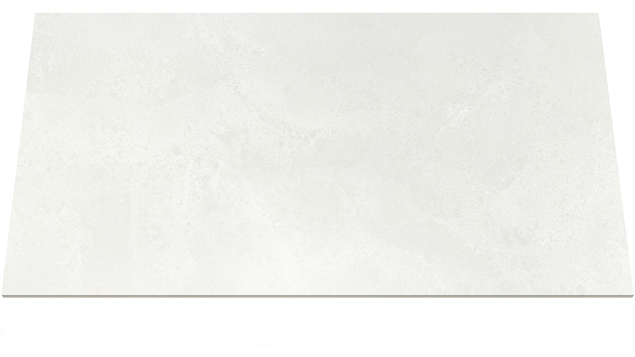


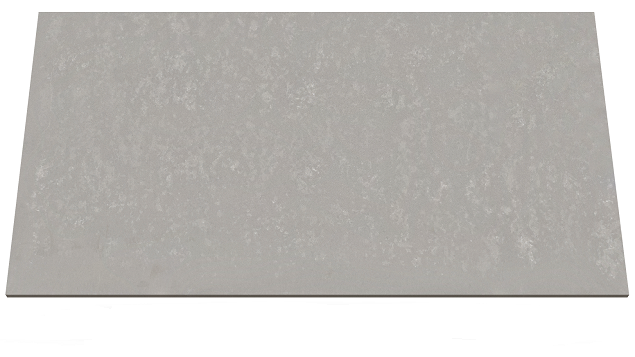

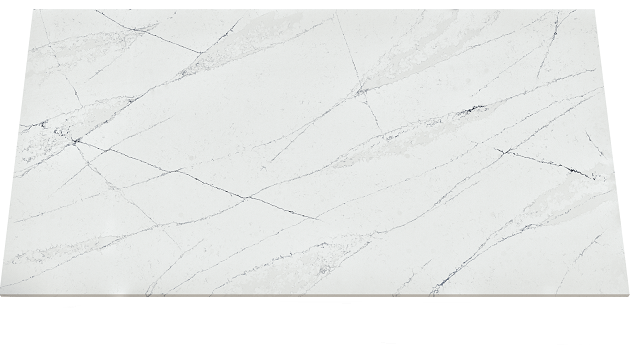






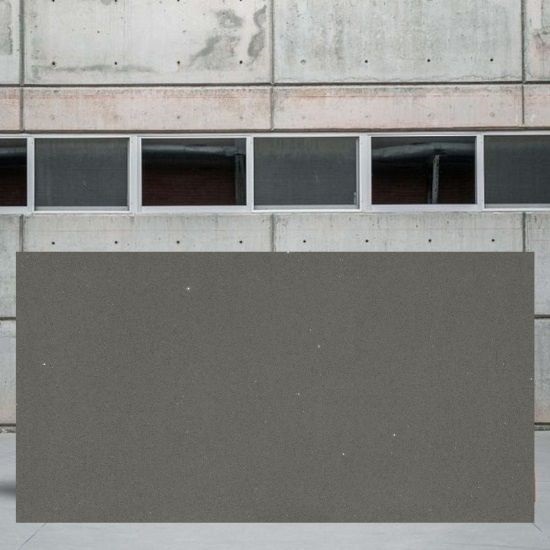





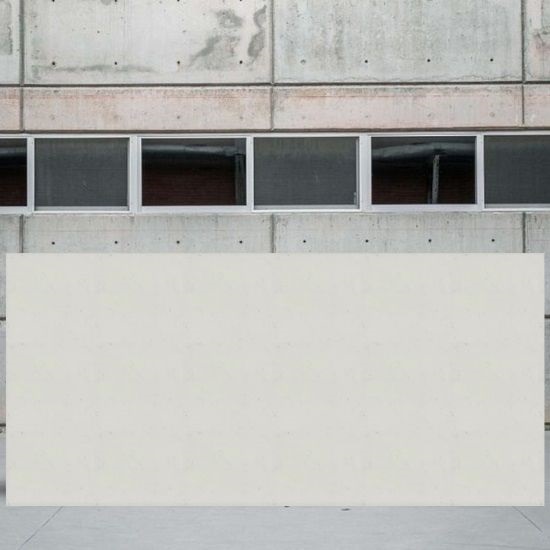





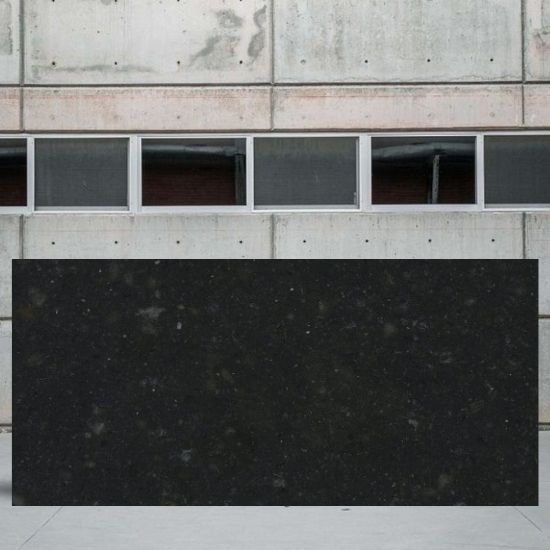

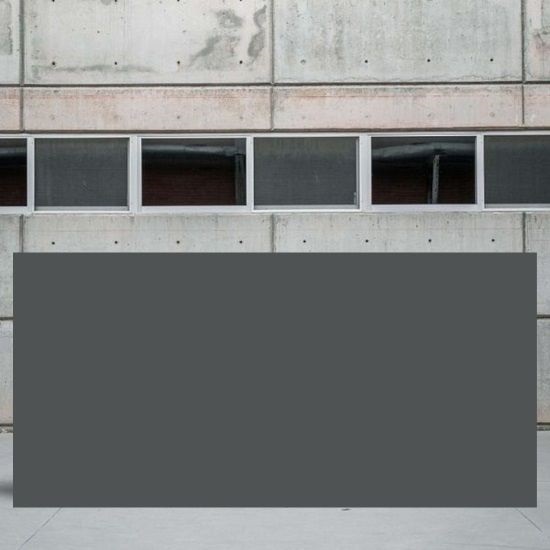
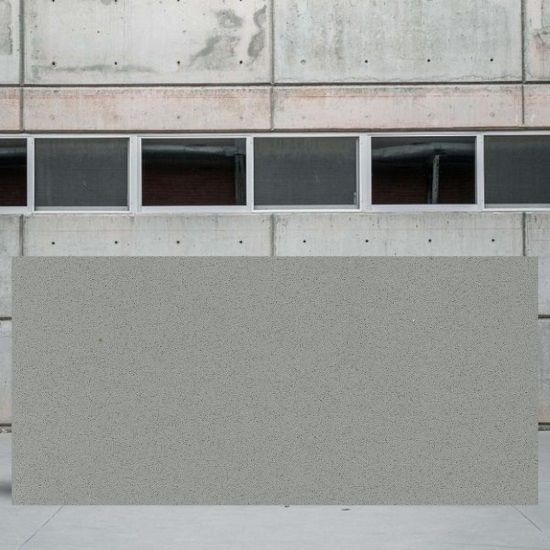

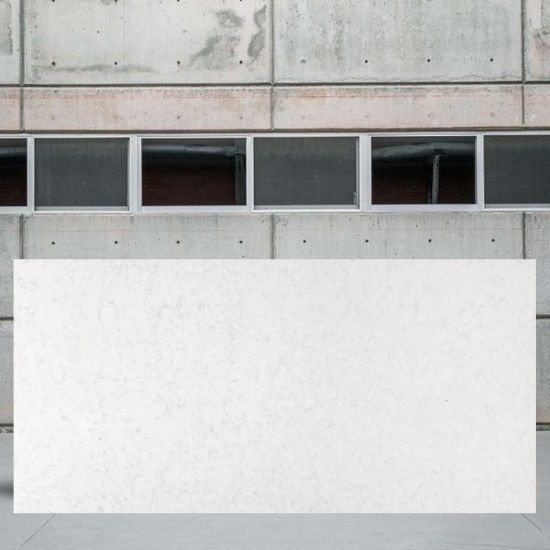



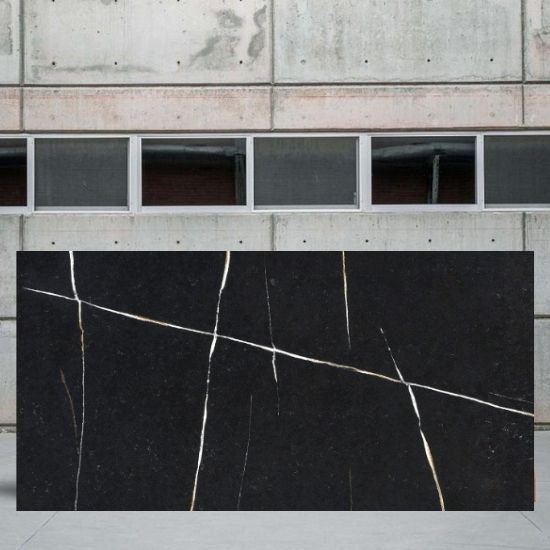







Characteristics of a Silestone Worktop
Currently, silestone worktops for kitchens are the best sellers in the United Kingdom thanks to the relation between quality, silestone prices, and versatility.
Cosentino was the first company to exploit the mixture of quartz with resins. Hence, remaining the leader in this segment. But this does not detract from these universally recognised and demanded quartz surfaces.
Thickness and surface finish
It is just as interesting that when it comes to Silestone kitchens, you can buy any of their products in three popular thicknesses: 1.2 cm, 2 cm, and 3 cm. Prior to picking an option, make sure you are gathering thorough insights regarding the Silestone worktop price per metre. However, unlike other materials, it also offers three types of finishes for kitchen countertops:
- Polished Finish: with a completely smooth finish, high sheen, and soft to the touch. Hence, it is the most popular finish and the first one that Silestone Cosentino manufactured.
- Suede Finish: These slightly textured finishes do not alter the material’s properties and give it a distinctive and unique beauty with a touch of elegance. In addition, it is available in more than 50 Silestone colours, giving an exotic feel to any kitchen worktop.
- Volcano Finish: It is a rough texture that meets the demand for rustic surfaces. Although some small holes and apertures may be prone to dirt being embedded within them, the touch is soft.
Advantages of using Silestone Worktops
In general terms, Cosentino Silestone worktops are a great purchase option. Especially if you consider all the advantages, it brings a 25-year warranty, but you shouldn’t believe these are indestructible products.
- Scratches: It isn’t easy to scratch silestone worktops. It’s due to its primary composition of quartz stone, one of the most vital and natural minerals.
- Bumps and chips: as mentioned previously, Silestone offers high protection against bumps. But be careful with the edges, especially if these are straight, because these are the most delicate and unprotected parts, where damage may occur. In addition, we recommend getting a pencil edge for your worktops because these are less prone to chipping if you accidentally drop an object on your Silestone worktop.
- Stains: being a non-porous material, it does not absorb liquids and is always free from stains. However, you may see cloudy smudges appearing against the light over time. Generally, these are caused by abrasive cleaning agents or lime. Therefore, you must clean your worktop regularly. You can use a small surface cleaner like CIF Cream mixed with hot water and a scouring pad. It will remove the smudges magically. Ensure not to use CIF Cream often, as it is an abrasive product.
- Joint sealing: when you join two pieces of Silestone, the seal between the two parts is barely noticeable. With this material, you will be happy to see minimalistic joints.
- Cleaning: Silestone mimics the beauty and feel of granite or marble, but it does not require a sealing coat. Therefore, it does not require special maintenance or care.
Use a soft cloth and a non-abrasive cleaner to keep your quartz surface clean of stains and colour, as if it were the very first day you had it.
Disadvantages
Although Silestone Cosentino kitchen worktops nicely meet most of the parameters by which the quality of a surface is measured, they also have their weaknesses:
- Silestone m2 price: We have confirmed over the years that it is one of the best-selling products and that the quality/Silestone prices ratio is excellent, but the Silestone cost is not that low. There are other stones and even other quartz brands that showcase prices that are considerably lower than the Silestone cost.
- Heat resistance: Silestone can withstand up to 150 °C of heat. It is not very resistant to being exposed for long periods to high temperatures. It would help if you took care of the pans and pots that you take directly from the oven and in direct contact with the surface, as these can leave burn marks that are practically impossible to remove. Most quartz brands experience this issue, so it is necessary to put something underneath (chopping board, trivet, cloth) to avoid problems, especially in light-coloured Silestone materials.
- Repair: it is difficult to repair a chip with putty or by polishing it without being noticeable, so you will have no choice but to call a professional to resin-match the colour of the chipped piece. Silestone surface repairs vary depending on the size, the area, and the type of damage caused.
- Chemicals: This is a classic issue and a weakness on almost all kitchen surfaces. You cannot use bleach, acetone, caustic soda, solvents, etc., on Silestone worktops. Instead, you can use soapy, warm water or a window cleaning spray for cleaning Silestone worktops.
Cosentino Silestone or Granite. Which is better?
Choosing among the many worktop materials on the market can be confusing, especially if you start to see positive and negative opinions of people on the internet based on their own experience. Therefore, we will analyse and compare the two best-selling materials today for your home’s kitchen and bathroom.
What is better, Silestone or Granite?
Differences: Silestone vs Granite
You should note that Granite and Silestone are magnificent products with remarkably similar properties. Hence, the small details, in many cases personal taste, will help you choose between one or the other.
- Heat Resistance: One reason granite has been used for years is that it is extremely heat resistant. When hot items are placed on top of a granite worktop, they will not crack or burn. Silestone quartz is also heat resistant, but it is sensitive to sudden and direct changes in temperature, so you must be careful and always use a chopping board to place extremely hot objects.
- Resistance to scratches and chipping: Both granite and Silestone are very resistant to scratches and chipping, so do not be afraid to make mistakes; both are good options that will last you for years in perfect condition as your kitchen or bathroom worktop. Besides the above comments, we conclude that Cosentino’s Silestone is slightly above due to its controlled manufacturing process.
- Porosity and Sealing: Granite is a low-porosity material, but a protective coating must be applied during installation to prevent stains from penetrating the stone. Sealants must be reapplied every 18-24 months should they wear off. Whereas Silestone is made to be non-porous (it does not require adhesives) and comes with exclusive antibacterial protection that makes it more hygienic. In addition to this, some Silestone models are produced by new technology from Cosentino, called N-BOOST, which means, in a word, impenetrable.
Unbeatable in terms of practicality
- Cleaning and maintenance: in this regard, there is no distinction; it does not matter if you buy Silestone or granite. They are both easy to maintain. A damp sponge is usually sufficient to remove dirt and food residue. Of course, you should always avoid using abrasive chemicals, especially on granite, since the protective sealant deteriorates. It must be reapplied to avoid loss of shine and prevent it from staining. We have previously mentioned that Silestone does not have a sealing layer in its products thanks to the manufacturing process of these quartz surfaces.
What is more expensive? Silestone or Granite.
In case you are wondering how much does Silestone cost UK, you should know that the Granite and Silestone price are quite similar when it comes to material and installation costs. But if you are looking for exotic granite, its cost will likely be more than the Silestone price. Silestone prices depend on factors such as color, pattern, thickness of the material, size of the countertop, and more.
Unlike Silestone prices, granite price is based on scarcity, location, and transportation costs. These can vary according to the country, location, and availability of the granite. Similarly, the product’s final price will influence the brand, colours, models, and granite origin (imported or from the country).
Conclusion
As mentioned, whether you buy granite or Silestone, great performance and stunning looks are guaranteed. However, the current trend in the United Kingdom regarding the installation of worktops is led by Silestone over granite. This is probably due to the variety of options available in colours, shades, finishing textures, as well as the attractive Silestone price. Comparing the Silestone cost of different options will enable you to pick a material that fulfills your needs precisely without blowing your budget.
But please don’t forget that you should look at other materials and brands because you may like them better.
Author:

Alan Nussbaum
Meet Alan Nussbaum, our Sales and Marketing Manager. With almost two decades of experience, Alan’s impressive track record includes creating one of the first online stone companies in 2012 and pioneering the acceptance of cryptocurrencies in construction in 2018 before co-founding The Worktop Library with Maria.
Alan’s work is featured in numerous Stone and Home Decor magazines. In addition, he collaborates with the industry’s leading stone brands, cementing his reputation as an innovator.
Before starting a thriving career in the stone industry, Alan honed his skills by overseeing luxury fashion brands such as Burberry, Matches Fashion, and Patrick Cox. With his unique blend of experience and expertise, Alan is a true trailblazer in the stone worktop industry. His passion for delivering exceptional service is evident in every aspect of his work.

 Apr 16 2021
Apr 16 2021  May 05 2021
May 05 2021  May 07 2021
May 07 2021  May 15 2021
May 15 2021  May 17 2021
May 17 2021 